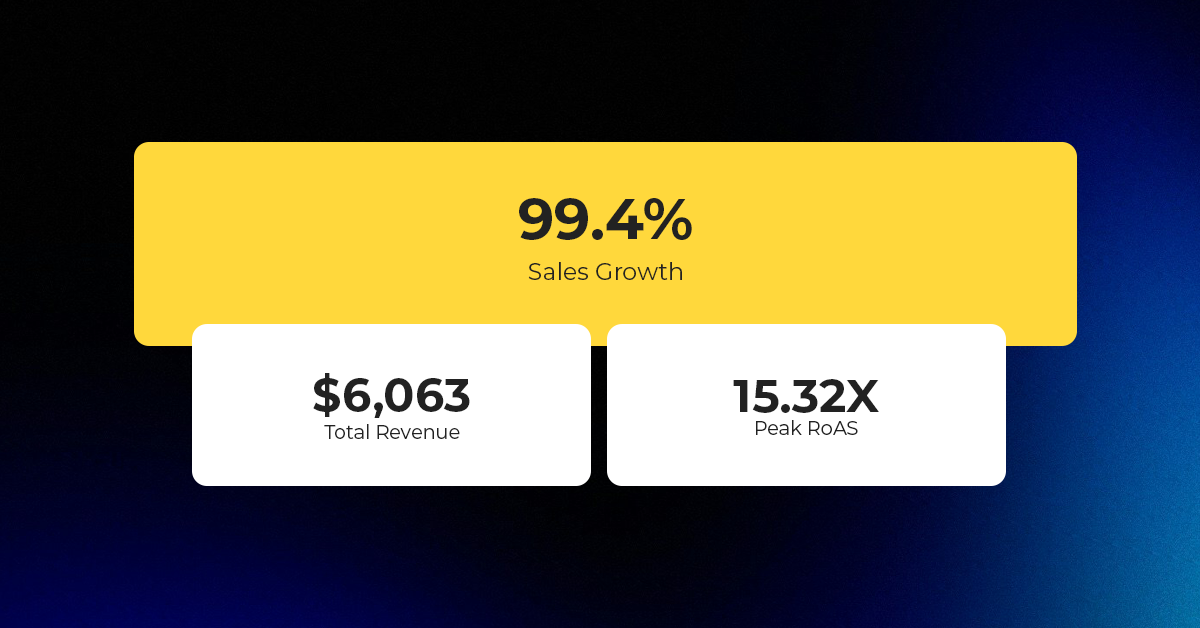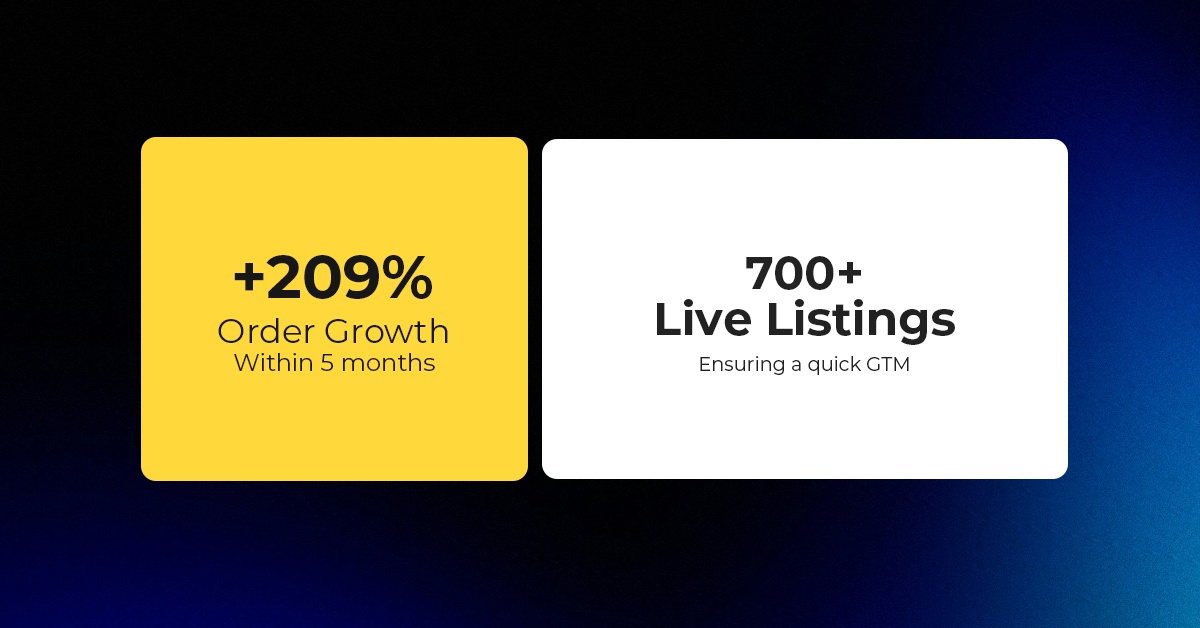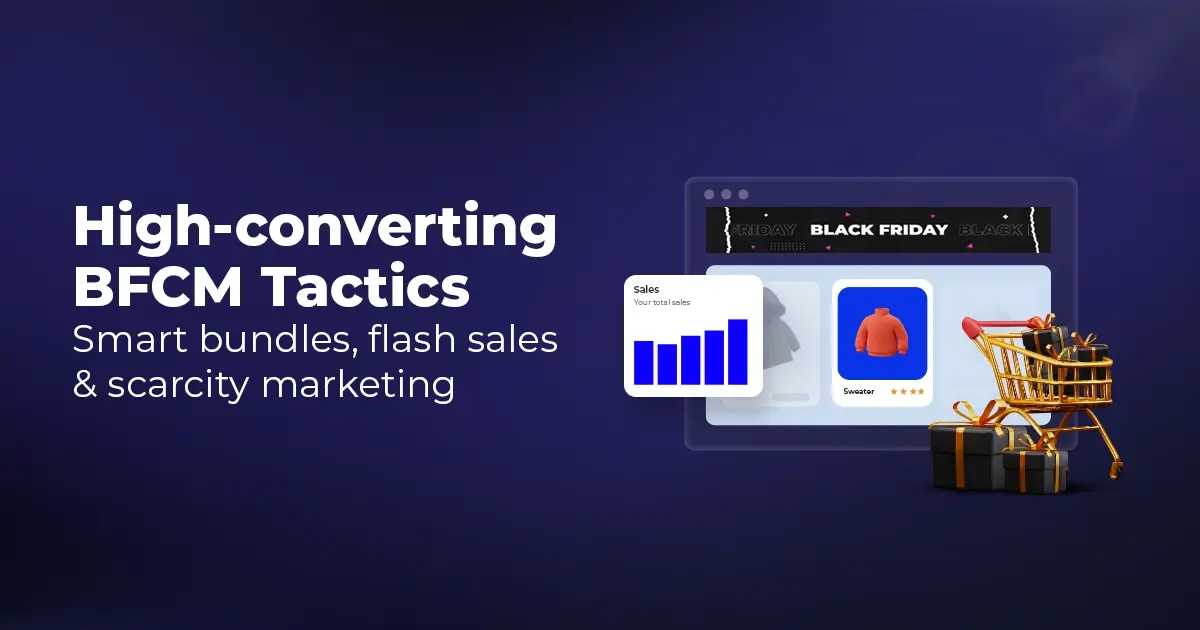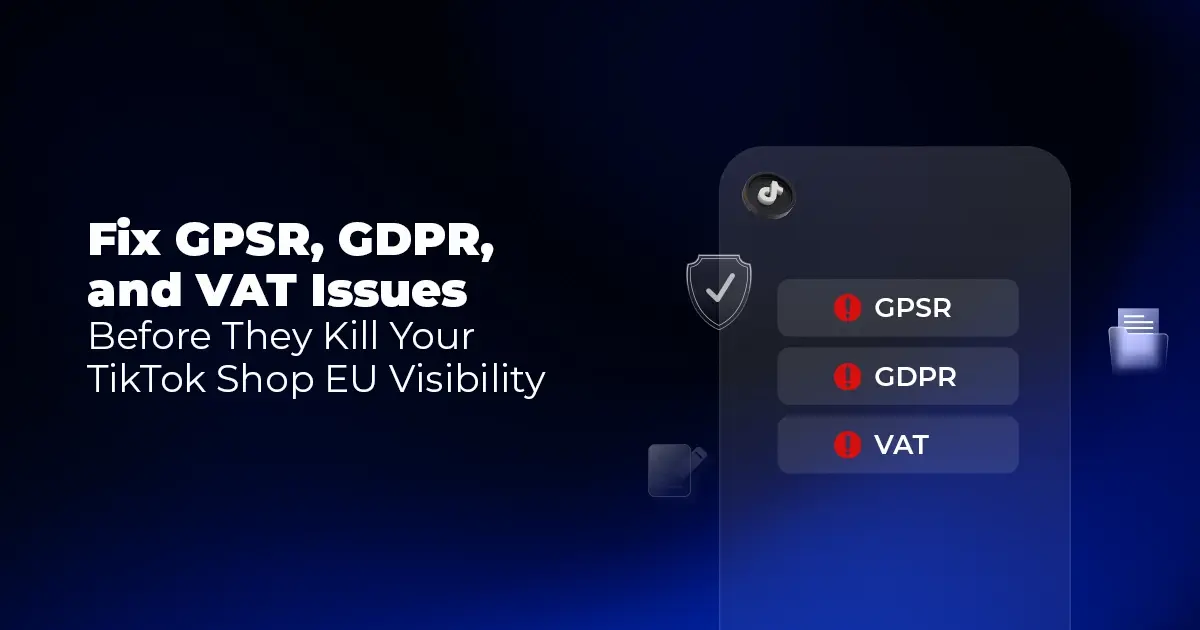TikTok Shop Raises Seller Fees Across Europe as Platform Pushes for ‘Content-Driven Commerce’ Expansion
Reading Time: 3 minutesTikTok Shop is raising its sales commission for merchants across five active…
Google Shopping Feed optimization is a game-changer for online sellers seeking to strategically position their products in front of a highly targeted audience.
Imagine your products seamlessly surfacing on Google’s search results, capturing the attention of potential customers who are actively seeking what you offer. This is not just a possibility but a tangible outcome of a well-optimized Google Shopping Feed.
Google Shopping Feed optimization involves fine-tuning the information you provide about your products, ensuring it aligns perfectly with what users are searching for. This optimization process holds a pivotal role in the success of online sellers for several reasons.
Therefore, It’s capable of transforming your product listings from mere entries in a vast digital catalog to compelling, click-worthy product listings that guide users smoothly from search queries to completed transactions.
What makes a killer Google Shopping feed. No rocket science, it’s just the basics you need for your online store to shine. In the realm of Google Shopping Feed Optimization, integrating these best practices is crucial for success.
The product title, description, images, price, and availability are to be compelling and customer-centric. As a result, it will make your product way easier to spot by the shoppers eagerly on lookout for such products.
In the dynamic landscape of eCommerce, visuals have a profound impact on user engagement and conversion rates. Therefore, high-quality images stand out as one of the key players.
Image credit – Amazon
Optimizing the product title not only boosts the reach among target customers but also provides a positive and informative experience for potential customers.
Image Credit – Google.com
The Pro Tip – Ensure that the product description provides pertinent details about the item, emphasizing its relevance to the user. Take the opportunity to incorporate additional benefits, such as free shipping, color variations, size options, and material specifications, and articulate why these features are valuable to the prospective buyer.
In the dynamic realm of online retail, the CedCommerce Google Feed app emerges as an indispensable tool for Google Shopping sellers. This app streamlines the optimization of product data, offering sellers a user-friendly interface coupled with comprehensive features to enhance their listings.
Technique: Infuse your product descriptions with storytelling elements. Hence, it creates a narrative that takes potential buyers on a journey, helping them envision how the product fits into their lives.
Example: “Embark on a culinary adventure with our artisanal olive oil. Picture yourself drizzling the liquid gold over a vibrant summer salad, the sun-kissed flavors dancing on your palate.”
Technique: Clearly articulate the unique selling points of your product. What sets it apart? Why should someone choose your product over others? Use concise and impactful language to highlight these USPs.
Example: “Unleash the power of productivity with our state-of-the-art laptop. Lightning-fast processing, feather-light design, and a battery that keeps up with your busiest days—experience the pinnacle of efficiency.”
Technique: Provide potential buyers with all the information they need to make an informed decision. Include details such as sizing, color options, and materials used, enhancing the overall shopping experience.
Example: “Indulge in luxury with our cashmere blend sweater. Choose from a palette of rich hues, and revel in the unmatched comfort of premium cashmere and silk—crafted for elegance and warmth.”
One of the often overlooked but crucial aspects is the optimization of categories and product types.
A well-optimized categories and product types play a pivotal role in ensuring your products are accurately classified and easily discoverable by potential customers.
Be specific when defining product types. Include detailed information about your products such as size, color, material, and other relevant attributes. This ensures accurate representation and better matches with user queries.
Think about how potential customers might search for your products. Align your categories and product types with common search queries to increase visibility and match user intent effectively.
Familiarize yourself with Google’s product taxonomy. Accurate categorization ensures your products appear in relevant searches. Leverage Google’s suggested categories to align with their system.
Aforementioned tips will enhance the browsing experience for shoppers, making it easier for them to find what they’re looking for and increasing the likelihood of conversions.
A well-optimized Google Shopping Feed transforms your product listings from mere entries in a vast digital catalog to compelling, click-worthy listings that guide users seamlessly from search queries to completed transactions.
It’s the difference between being lost in the crowd and standing out in the spotlight. As the e-commerce landscape continues to evolve, staying committed to these optimization practices will not only keep your product listings relevant but also drive sustainable success in the ever-expanding digital marketplace.

Reading Time: 3 minutesTikTok Shop is raising its sales commission for merchants across five active…

Reading Time: 11 minutesBy now you have seen your BFCM 2025 numbers. The harder question…

Reading Time: 3 minutesAbout the Brand Name: Vanity Slabs Inc Industry: Trading Slabs- Vanity Slabs…

Reading Time: 2 minutesAbout the Brand Name: Ramjet.com Industry: Automotive Parts & Accessories Location: United…

Reading Time: 2 minutesAmazon is rolling out strategic referral fee reductions across five major European…

Reading Time: 4 minutesQuick Summary: Scaling Lifestyle Powersports on eBay with CedCommerce Challenge: Zero marketplace…

Reading Time: 4 minutesTikTok has surpassed 460 million users across Southeast Asia, reinforcing its position…

Reading Time: 3 minuteseBay has released its final seller news update for 2025, with a…

Reading Time: 3 minutesAmazon has clarified its stance regarding speculation around a potential breakup between…

Reading Time: 4 minutesWalmart is accelerating its push into next-generation fulfillment by expanding its drone…

Reading Time: 4 minutesFaire, the fast-growing wholesale marketplace connecting independent retailers with emerging brands, has…

Reading Time: 4 minutesB2B buying in the United States is undergoing a fundamental behavioral shift…

Reading Time: 3 minutesSummary Cyber Monday 2025 has officially become the largest online shopping day…

Reading Time: 2 minutesSummary Amazon kicked off December with two major developments shaping the future…

Reading Time: 2 minutesSummary Walmart has entered December with two major moves that signal a…

Reading Time: 2 minutesBlack Friday 2025 delivered the strongest U.S. eCommerce performance in history, as…

Reading Time: 13 minutesStill approaching BFCM with generic discounts, last-minute price cuts, or scattered promotions?…

Reading Time: 3 minutesTikTok Shop reached a major milestone during its largest U.S. “Global Black…

Reading Time: 3 minutesOpenAI has announced a new AI-powered shopping research tool designed to help…

Reading Time: 9 minutesIf your TikTok Shop listings often sit in review or your visibility…